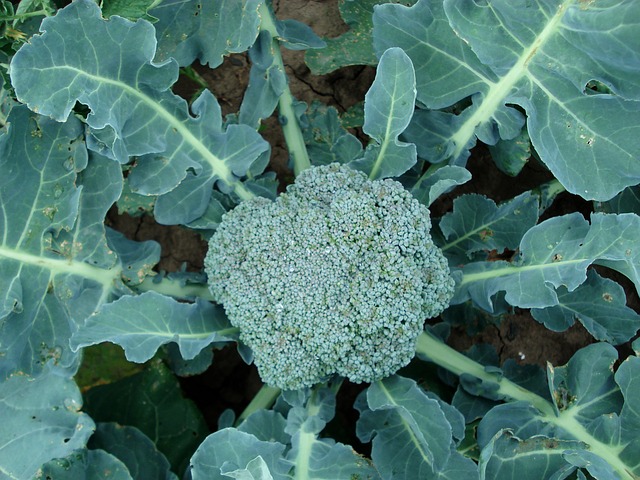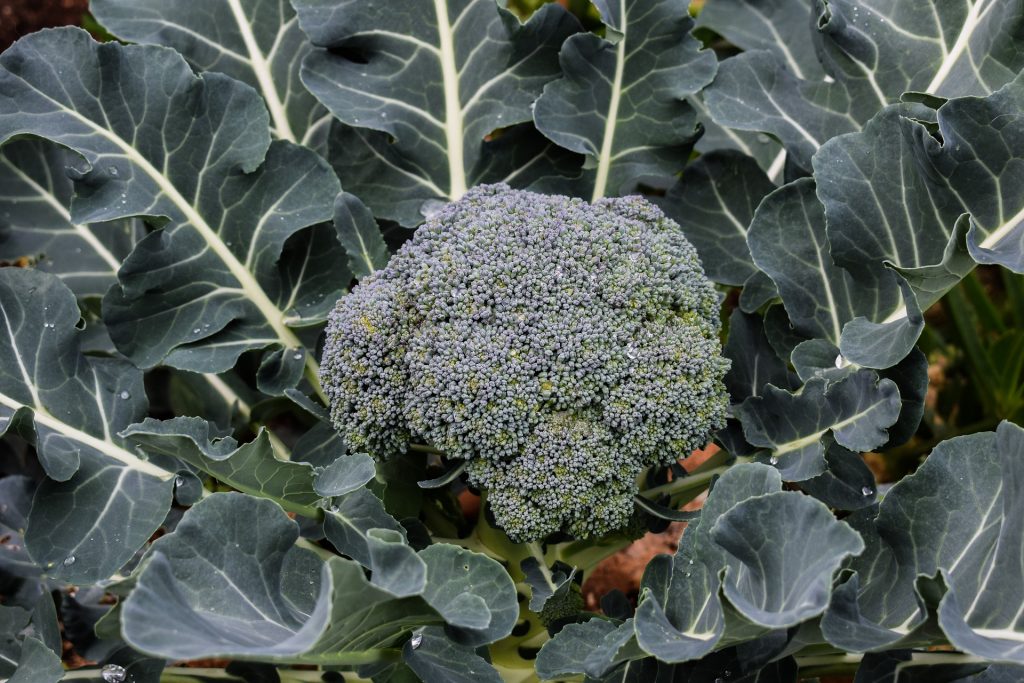Do you know that a super healthy and tasty vegetable, broccoli, can be easily grown in your house garden? And if you have a long growing season, you can get two harvests each year. That is why broccoli is also known as a biennial plant.
Suppose you plan to grow broccoli in your house garden and want to learn more about it. In that case, you are at the right place because, in this article, we will discuss every basic detail, from the growing process of broccoli to how long it takes to get fully grown. Let’s continue reading to find more.
Broccoli – The Basics About It

Besides being rich in several vitamins and minerals, broccoli, part of the cabbage family, is a cool-season vegetable that grows best when the daytime temperature is under 60 degrees Celsius. The best time to plant broccoli is, therefore, spring or fall season.
What is so cool about broccoli as a cool-season vegetable is that unlike carrots, beets, and other root vegetables, broccoli grows upright above the ground.
Broccoli are often used in edible landscaping, in which the most popular variety that shines out in ornamental plantings comes out the Romanesco varieties. The yellow flower grows with broccoli that you can harvest before it blooms for eating.
After learning about the basics of Broccoli, we arrive at the question of how many broccoli heads grow on one plant and how big the plant gets. So let’s find out.
Also Read: How Much Sunlight Does Broccoli Need?
Broccoli Heads on one plant…1, 2, 3, or more?
The popularity of broccoli as a winter vegetable eaten worldwide has risen compared to its closest relative, cauliflower because it is easily available and easy to make. And to answer the question, broccoli plants, in general varieties, produce one primary head per plant. A head weighs around 8 ounces.
One exception can occur if you plant sprouting broccoli that does not produce the primary head; instead, several small florets are produced in its plant. Calabrese, another most common type of broccoli grown commercially in the world, is majorly produced. Its popularity is because the plant size is significantly smaller than the Romanesco varieties.
Calabrese can be a perfect variety of broccoli to plant for home gardeners, and this is because it not only produces the primary head but also produces several smaller florets on the shoots of the plant. Varieties of broccoli are in flavor and texture; some even differ in color and spiral patterns.
What is the best variety of broccoli for your garden?
Calabrese broccoli is recommended for home gardeners because it produces a significantly larger crop and accommodates comparatively smaller space to get planted. You can plant 50% more Calabrese broccoli plants than the Romanesco variety.
Other than that, sprouting broccoli is also a good and feasible variety of broccoli to be planted in the home garden.
An advantage of growing sprouting broccoli is that it can be harvested in early Spring by being overwintered, which fills the hungry gap in the early Spring when other vegetables have not yet arrived in the market.
As we have learned much about the size and number of broccoli heads, we must go on to learn how you can grow broccoli effectively.
Check this out: How Often to Water Broccoli?
How to grow Broccoli in your home garden?
Broccoli is a winter vegetable and tends to set seeds in hot climatic conditions. You must start planting it in late winter or early Spring, or you can move it to late summer, early autumn, or fall.
Your local climate conditions can vary the plantation process of the seed. Broccoli can not tolerate temperatures below – 2 degree Celsius or 28 degrees Fahrenheit and even lower if they get protected under a row cover.
For a continuous harvest, you can plant broccoli at least three times a year with proper scheduling.
You can do this by planting the main crop in late winter to be harvested in late Spring, and then a smaller crop can be planted in late summer for a winter harvest, followed by a third sowing in autumn for broccoli that you can enjoy during the spring season with early spring harvest. This way, you can have your favorite vegetable available for tasty salads and delicacies throughout the year.
Sowing of the seeds
You can use seed trays or directly sow the seeds of the broccoli plants into the soil. A seed tray is recommended to protect the seedlings from attacks by insects, snails, or slugs.
You can use a specialized seed-raising mix easily available on Amazon with sowing seeds in the trace.
Plant the seeds at a depth of 0.5 inches, which is approximately 1 to 2 cm in the seed mix, and store the trace in a warm place if you are planting it in early Spring to provide the plant with the required warmth.
Check this out: Why do my broccoli leaves turn yellow?
Transplanting the seedlings
4 to 6 weeks will be enough for the seedlings to reach enough size and be planted in the garden. However, you must remember that transplanting the seedlings must occur at a temperature greater than 5 degrees Celsius.
Plant the seedlings with a proper spacing of 40 cm apart and use commercial snail pallets to protect them from getting attacked by the snails. You can also use homemade remedies such as coffee grounds or wear traps to protect your plants from insect attacks.
Soil type
The soil you will grow the broccoli in needs to be moist and rich in essential nutrients and organic matter.
You can prepare the soil by using the no-dig method, as this type of soil will provide all the essential nutrients to the plant in an inadequate amount for the whole year and will surprise weeds to grow a healthy plant.
Also Read: Growing the Microgreen Broccoli
Harvesting of the plant
Harvesting of broccoli can be done at any stage. However, it is best to let the plant reach the size of two fists for a flavorful delicacy.
Things you must know to take care of your Broccoli plant!
- The root system of broccoli does not grow deep inside the ground, so precautions must be taken not to disturb the soil of the plant’s base.
- If you are investing in row covers, then make sure to buy a relatively taller one, as broccoli can grow significantly tall.
- To get fresh broccoli during the winter season, make sure to plant the seas early enough so that the plant gets mature when the winter arrives. Missing the planting window for a winter harvest will make your broccoli plant flower when the Spring season arrives.
- The snail pallets must be applied on the same day as planting the seedlings in the outside garden, as slugs and snails can destroy the crop in a single night.
- If there are any signs of the broccoli head separating or producing flowers in warmer weather, then it must be harvested immediately. This is because its quality can deteriorate more quickly in summer, which is why summer harvesting is avoided.
How long can you store the Broccoli in your house?
For the short term, broccoli can be stored in a cool or moist place below the temperature of 4 degrees Celsius. It will not get spoiled for 1 to 2 weeks.
However, if you have it in larger quantities and need to store it for longer, then you must blanch the broccoli before freezing it at a specific temperature. Blanching stops the enzyme activity within the vegetable, which can prevent it from getting spoiled for a longer period.
To Blanch the broccoli properly, follow the given steps mentioned below:
Step 1: Wash and cut out the leaves.
Cut the broccoli into smaller pieces after washing them. The size of the broccoli pieces must be the same as you would use them in the recipes so that they are ready to use once taken out from the freezer.
Step 2: Blanch Blanch Blanch
Bring a large part of the water to boil before feeling another bowl with ice water to start the blanching process. Once you have boiled the water, add your Broccoli into the boiling water and cook them for 2 minutes. After the broccoli have been cooked in boiling, remove them from the pot and immediately pour them all into the ice water to freeze. Let them cool for about 2 minutes, and drain the water.
Step 3: Freeze
Bring a zipper bag or a suitable airtight container and pack all your blanched broccoli into the bags to use later.
We will conclude our article with all this information and hope you find it useful. Happy planting!

